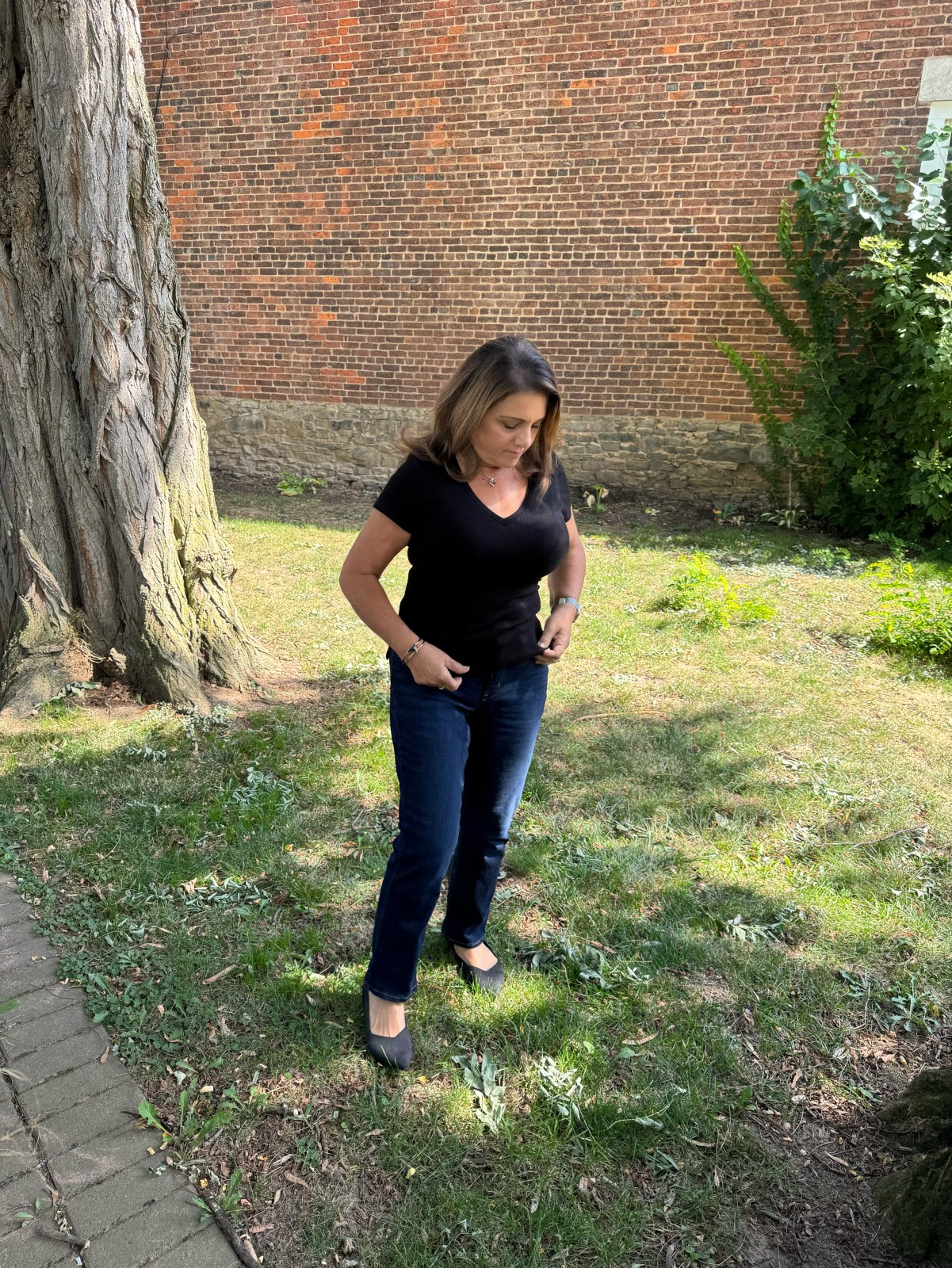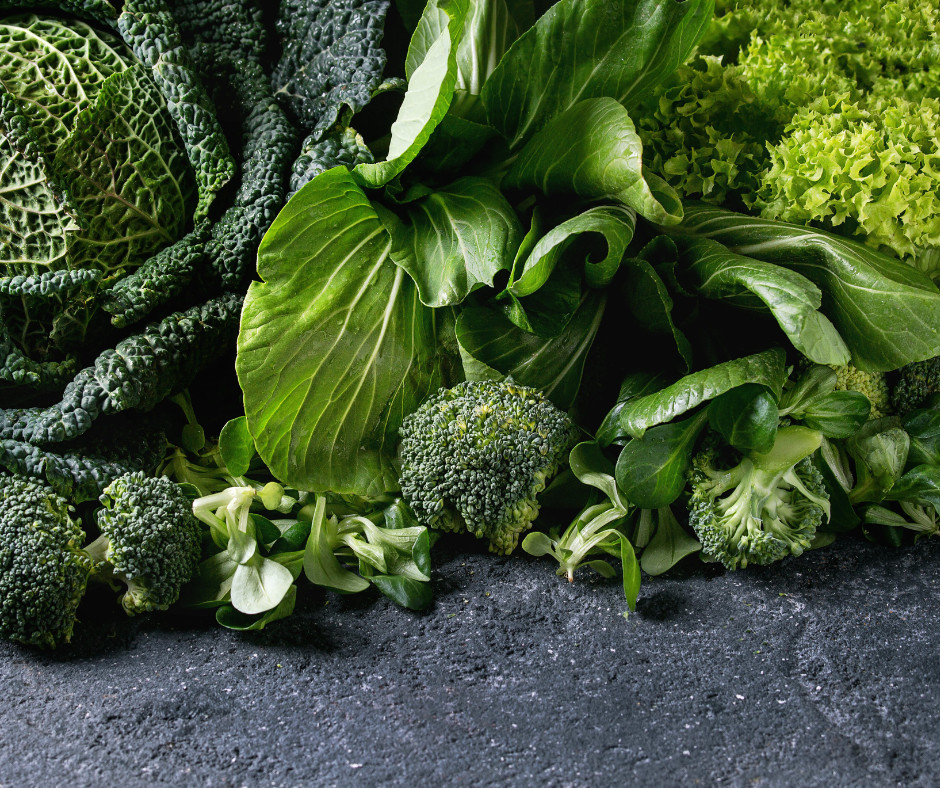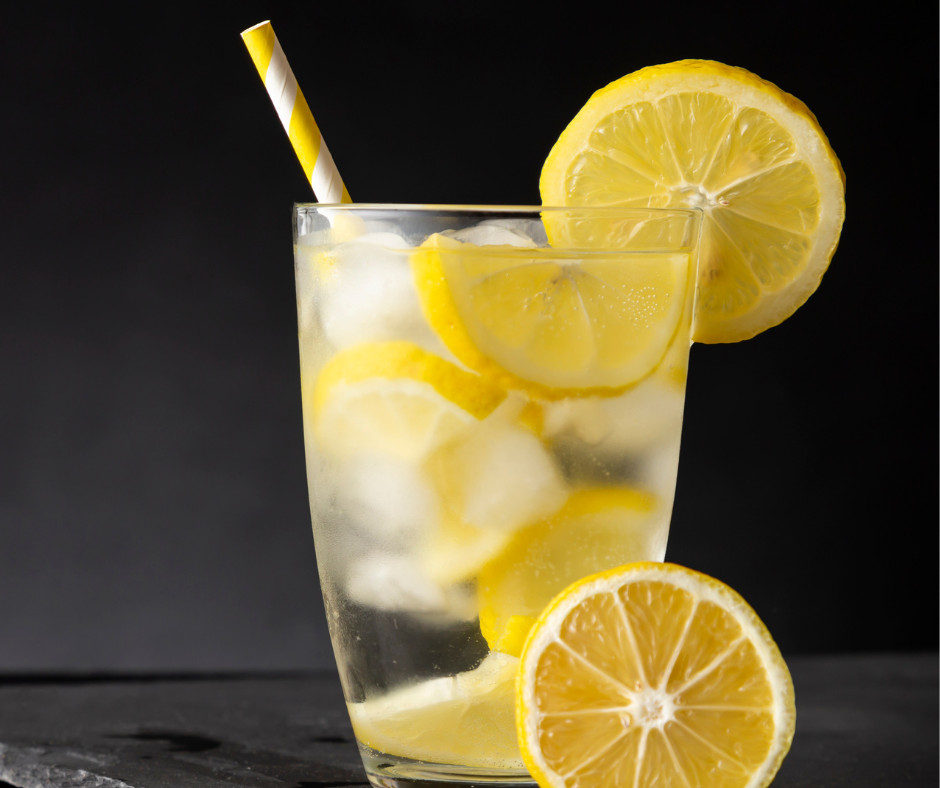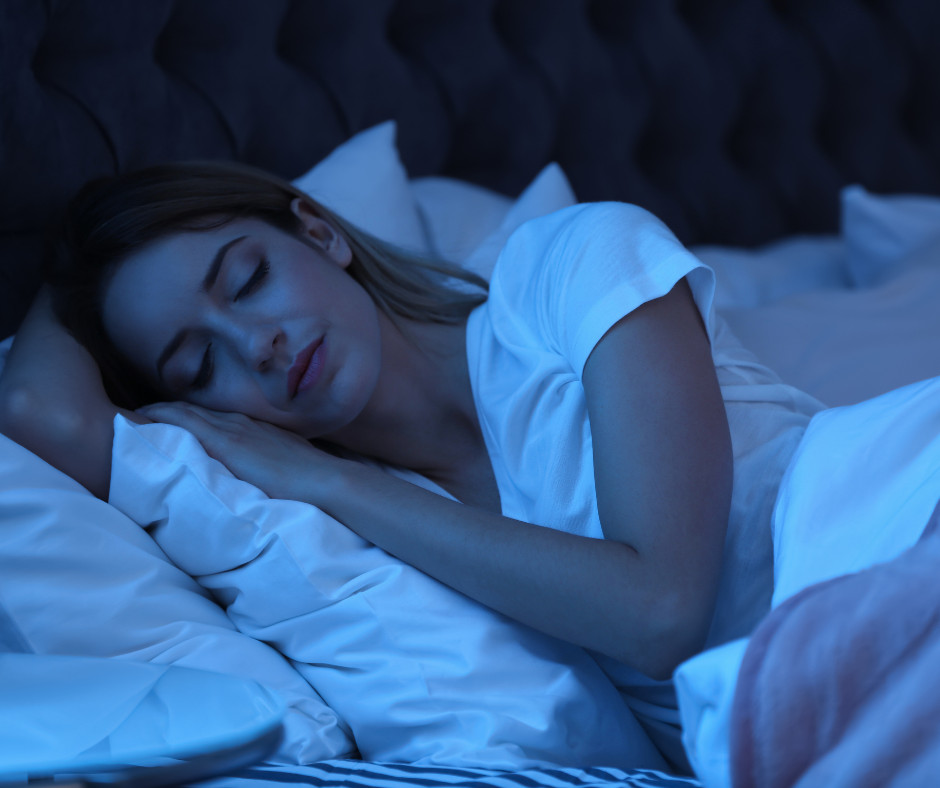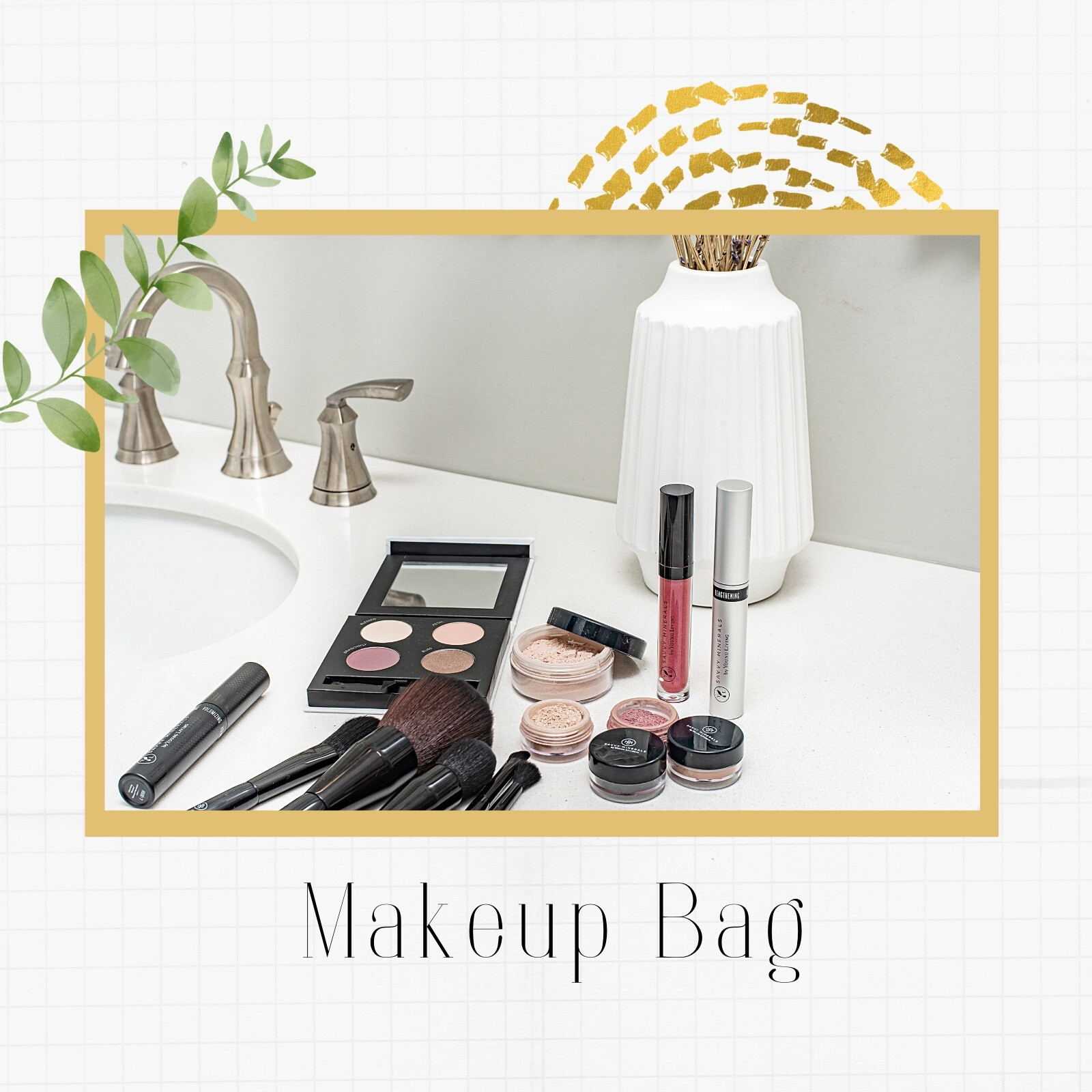
If you’re a guy, you may not be interested in this. However, go ahead and give it a read, it’s good to know the potential dangers so you can share the information with others. Spread the word! Let’s dig around our makeup bags and see what products you may want to toss.
Companies have gotten REALLY good at marketing to consumers, convincing them they’re buying a safe (or safer) product. Unfortunately that may not be the case. There can still be a huge laundry list of ingredients within that could be hazardous to your health. This is called greenwashing. The label makes you FEEL like you’re getting a trustworthy product but once you start researching the ingredients you discover elsewise.
A safe product to use is…
- toxin free
- plant based
- cruelty-free
- essential oil infused
- responsibly sourced
- backed by Seed to Seal
If you find yourself always feeling “off”, it could be what you are putting on your body along with what you are eating.
If you love this info, you’ll LOVE my webinar: 4 Easy Steps to get off the Miserable Health Hamster Wheel”
Be sure to join my exclusive group where we share information on living a healthy lifestyle.
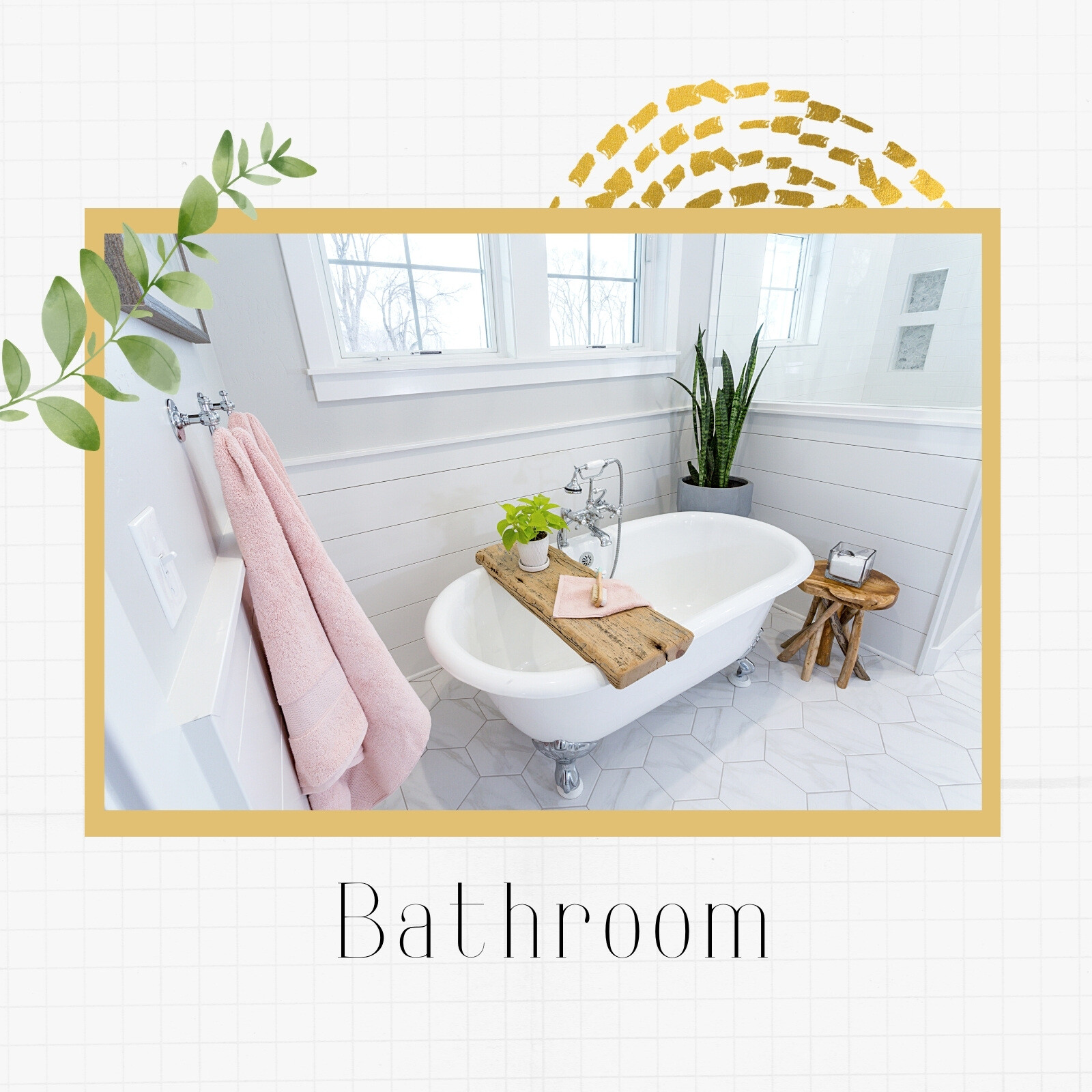
The bathroom is loaded with TONS of potentially harmful ingredients.
Here are a few to watch out for in your personal care products…
- Formaldehyde - This is a preservative that is often seen in lotions, cosmetics, and baby wipes. It’s a known carcinogen and can cause skin and respiratory irritations.
- Phthalates - These are a group of chemicals found in personal care products and many plastics and vinyls. They can affect your endocrine system, reproductive health, and even potentially cause cancer.
- Sodium Lauryl Sulfate (SLS) and Sodium Laureth Sulfate (SLES) - These are surfactants commonly used as an emulsifying cleaning agent in household cleaning products (laundry detergents, spray cleaners, and dishwasher detergents). In other words they keep things mixed up and help them create lather. Oftentimes they are synthetically derived and have the potential to cause skin irritation.
- Ethanolamines (MEA, DEA, and TEA) - These are found in many household and personal care products and have been linked to organ system toxicity, bioaccumulation, and even cancer.
A way to protect your family is by getting these items from a trusted source. I have several items that I use daily to protect my family.
If you find yourself always feeling “off”, it could be what you are putting on your body along with what you are eating.
If you love this info, you’ll LOVE my webinar: 4 Easy Steps to get off the Miserable Health Hamster Wheel”
Be sure to join my exclusive group where we share information on living a healthy lifestyle.
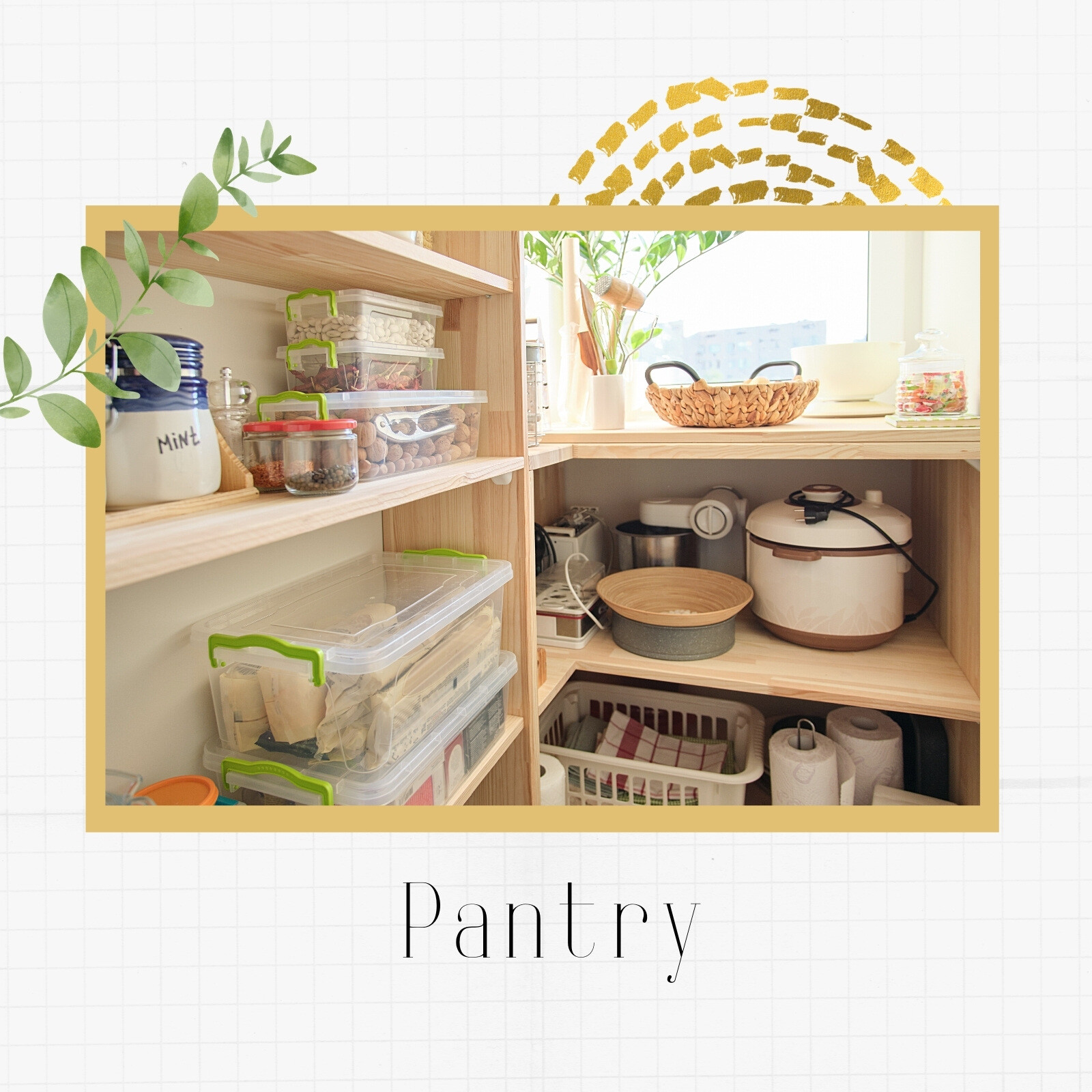
Besides things getting a little disorganized in our pantry from time to time, we need to be checking the labels and make sure our pantry helps bring our family nutrition and not create unwanted health issues.
According to the CDC, “Most Americans… do not have a healthy diet. Fewer than 1 in 10 adults and adolescents eat enough fruits and vegetables, and 9 in 10 Americans aged 2 years or older consume more than the recommended amount of sodium. In addition, 6 in 10 young people aged 2 to 19 years and 5 in 10 adults consume a sugary drink on a given day. Processed foods and sugary drinks add unneeded sodium, saturated fats, and sugar to many diets, increasing the risk of chronic diseases.” Ahh! We definitely don’t want that. (Source: https://www.cdc.gov/chronicdisease/resources/publications/factsheets/nutrition.htm )
So what should you be considering when you look at labels?
- types of fats
- added sugars
- length of ingredient list
- sodium level
- added dyes
- calories per serving
If you find yourself always feeling “off”, consider what you are putting in your body for fuel.
If you love this info, you’ll LOVE my webinar: 4 Easy Steps to get off the Miserable Health Hamster Wheel”
Be sure to join my exclusive group where we share information on living a healthy lifestyle.

The kitchen is a place where the family gathers. The kitchen is also a place where a lot of people store household cleaners, soaps, and potentially dangerous chemicals. Have you ever looked at what ingredients are lurking on those labels? Sadly many of them - even the “green” products - contain ingredients you do NOT want in your house or anywhere near your family. Let’s take a look at a few…
- Sodium Lauryl Sulfate (SLS) and Sodium Laureth Sulfate (SLES) - These are surfactants commonly used as an emulsifying cleaning agent in household cleaning products (laundry detergents, spray cleaners, and dishwasher detergents). In other words they keep things mixed up and help them create lather. Oftentimes they are synthetically derived and have the potential to cause skin irritation.
- Triclosan - This is found in many antibacterial soaps, hand sanitizers, and detergents as well as some toothpastes, deodorants, cosmetics, plastics, and more. It can affect the thyroid and endocrine system and was recently banned by the FDA to be used in “antiseptic washes” but can still be found in some other products like toothpaste, cosmetics, and even clothing, kitchenware, furniture, and toys.
- Fragrance - The word “fragrance” can appear on a label and contain an enormous list of ingredients that a company is not required to disclose, as it is considered a ‘trade secret.’ That means a product could contain some awful ingredients and the consumer wouldn’t even know! These chemicals could be linked to cancer, reproductive and developmental toxicity, allergies and sensitivities. Why take the risk?
A way to protect your family is by getting these items from a trusted source. I have several items that I use daily to protect my family and I’m happy to share my source. ( I can also help you get a great deal on them)
Thieves Household Cleaner is a plant-based, ultra-concentrated cleaner that can be used on virtually every surface of your home… bathrooms, kitchens, cabinets, counters, floors, furniture, toys, carpets, mirrors, glass, wood, walls, and more! It’s created with naturally occurring surfactants derived from coconut and sugars, so you get a powerful clean without harmful, abrasive chemicals. It’s pet-safe, kid-safe, and even septic-safe!
Thieves Dish Soap is a plant-based solution, infused with Jade Lemon and Bergamot essential oils as well as the Thieves blend. It contains no sulfates, dyes, formaldehyde, phosphates, or synthetic perfumes and uses natural grease-cutting agents, leaving dishes sparkling clean with no residue. Your hands will also thank you for using such a gentle formula.
Thieves Fruit and Veggie Soak and Thieves Fruit and Veggie Spray- both have the same base formula and come packed with essentials oils that get the job done. The soak comes in a small jug; you simply add a little to a basin of water, soak, rinse, and enjoy eating your fruits and vegetables as nature intended. The spray can be used to give your produce a quick spritz before rinsing and enjoying!
If you love this info, you’ll LOVE my guide 7 Reasons to Ditch Candles!
Be sure to join my exclusive group where we share information on living a healthy lifestyle.

Our homes should be a place where we feel safe, a place where we can go to take refuge from the world around us. The products we bring into our homes should not threaten that safety, but sadly, some of them do. Did you know “poisoning” makes the Top 10 List of Safety Hazards in the home? That includes medications, paint, household cleaners, personal care products, and laundry products. Check out this stat from the National Home Security Alliance. “Accidents in the home claim 18,000 lives each year in America alone. It also accounts for 21 million medical visits annually, which costs a staggering $220 billion a year.” (Source: https://staysafe.org/safety-at-home-10-common-safety-hazards-around-the-house/)
Second to “falls”, poisoning is a leading cause of fatalities in homes in the US - 5,000 deaths a year to be exact. And it’s not just household cleaners that are to blame for chemical exposure. Did you know that MANY personal care products we allow in our homes contain known carcinogenic and endocrine disrupting chemicals? That means an increased risk for cancer, developmental malformations, interference with reproduction, and disturbances in the immune and nervous system function. That doesn’t sound good at all. However, there are many things we can do to mitigate our exposure in our homes.
Today I’ll tackle the dangers in your Living room! Now, you may be thinking to yourself - what could possibly be dangerous in a living room? A living room is where your family gathers so we typically want it to smell nice and have a sense of comfort and coziness present. Most people seek to achieve that by using candles, air fresheners, plug-ins, and fabric sprays. As easy as those sound to use, they can be potentially harmful to our health.
Synthetically-fragranced products emit a range of volatile organic compounds (VOCs). Breathing VOCs can cause eye, nose and throat irritation as well as difficulty breathing and nausea, even damage to the central nervous system and other organs. Some VOCs can even cause cancer. Yikes! (Source: https://www.ncbi.nlm.nih.gov/pmc/articles/PMC5093181/ )
So what can you use to replace ALL those? A diffuser, high-quality essential oils, and a spray bottle will do the trick!
Diffusing vaporizes essential oils and gets them into the air so that we can breathe them in.
Diffusing also purifies the air, makes your home smell good without harsh chemicals, and helps get those awesome oils into your lungs and to your brains. Simply add your essential oils drops to your diffuser, add water to the fill line, and start diffusing. Some of my favorite oils to use in my home are Citrus Fresh, Thieves, Lemon, Peppermint, Purification, Christmas Spirit, and Grapefruit! Try some of these recipes in your diffuser or use them to create an easy “Room Spray” using a small spray bottle, distilled water, and a splash of witch hazel. Adjust the amount of essential oils to your liking and get creative with it.
Fresh Air
- 4 drops Tangerine
- 2 drops Tea Tree
- 2 drops Lemon
Cozy Home
- 4 drops Lemon
- 4 drops Orange
- 4 drops Peppermint
- 4 drops Rosemary
Happy Room
- 3 drops Citrus Fresh
- 3 drops Peppermint
- 3 drops Thieves
If you love this info, you’ll LOVE my guide "7 reasons to ditch candles"
Be sure to join my exclusive group where we share information on living a healthy lifestyle.



